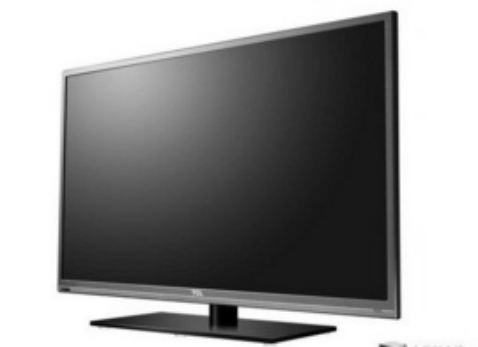3D smart TV concept and principle
l What is a 3D smart TV?
3D is in the early shooting, imitating the human eye to view from two angles, and then through post-processing, making the left and right eyes produce visual difference, receive different pictures, and form a 3D stereo effect in the brain. A 3D smart TV is simply a smart TV with 3D capabilities.

Throughout the various brands of TV, the most used is nothing more than the shutter 3D and polarized 3D. In fact, there is also a kind of active 3D and passive 3D, in fact, there is a rare naked-eye 3D, perhaps not touched.
l 3D display principle
When the human eye is watching the same object, there will be a gap of 65mm between the two eyes. Within a certain distance, there will be some visual difference between the two eyes.
1.Shutter 3D
The advantage of the shutter 3D is that the viewing angle is large, the picture is not blurred or overlapped due to deviation from the center point of the TV, and the overall brightness of the TV is not dimmed by turning on the 3D mode. The shutter 3D mainly realizes the 3D effect by increasing the refresh rate of the TV picture, and divides the image into two according to the frame, so as to achieve different continuous interlaced pictures by the left and right eyes, and the TV infrared emitter controls the left and right lenses of the glasses, and can receive the phase normally. Corresponding screen. The shutter 3D refresh rate should be above 120HZ to see a clear 3D effect.
2. Polarized 3D
Polarized 3D is an inexpensive 3D display mode, and is also positioned as a low-end 3D display mode, commonly known as passive 3D. The cost is low, the contrast shutter 3D effectively improves the flicker phenomenon, does not feel uncomfortable because of long-term wear, and is widely used in low-end and mid-end televisions, but there are angle restrictions, which will also reduce the overall brightness of the TV. Polarized 3D uses the principle of "vibration direction" of light to process the original image, and then adds a polarizing plate to the display screen to obtain two different images, and with polarized glasses, a stereoscopic 3D image is obtained.
This article is from Allicdata Electronics Limited

